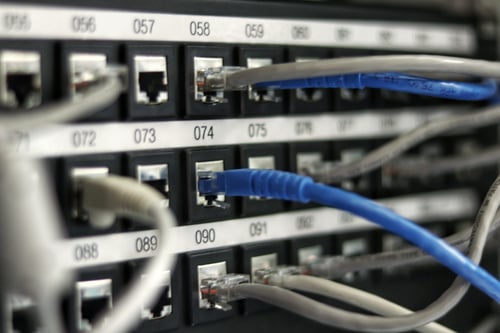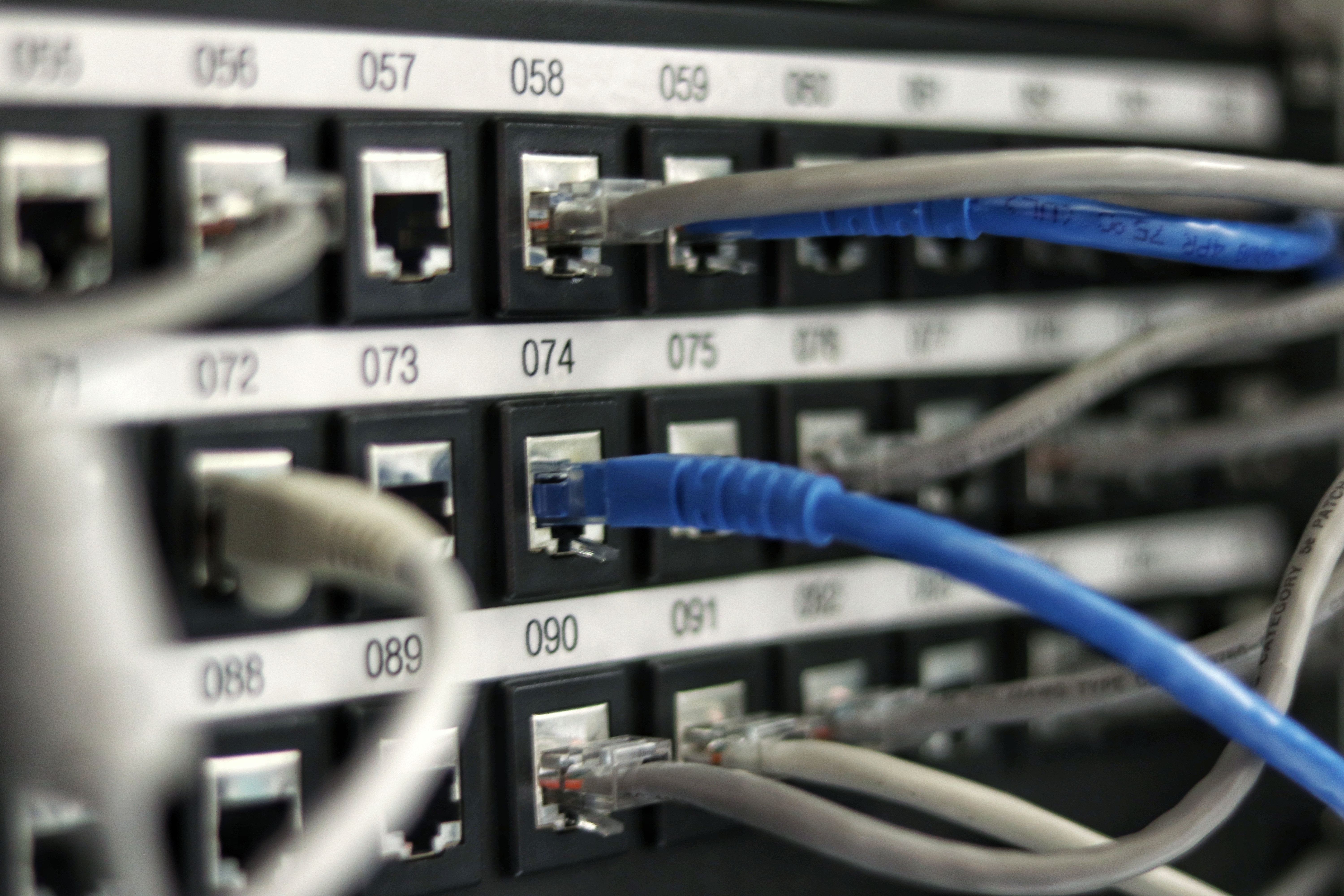Between the years of 2015 and 2016, the number of ransomware emails increased by 6,000 percent. This means the number of cyber attacks continues to rise. While many medical practices are working to improve security and work to safeguard patient data better, these efforts may not be enough.

The fact is, the healthcare industry is especially susceptible to these types of attacks because it is reliant on being able to access critical information all the time. However, ransomware isn't the only threat to the healthcare industry - there's also Distributed Denial of Service (DDoS), phishing, malware, and more. It's estimated that up to 89 percent of all healthcare practices have experienced some type of data breach that resulted in lost or stolen patient records.
The question is - what can you do to protect this sensitive patient information from nefarious cyber criminals? There are a few things - find out what they are here.
1. Encrypt All Your Patient Data
As a healthcare organization, you have likely been introducing the use of mobile devices into your practice for a while now. This includes tablets and phones. The benefit is you can give your staff the ability to quickly access any online resource needed and provide them with remote access to patient information.
While this mobility is extremely beneficial, it also makes the need to encrypt your data more important than ever before. If your staff misplaces a laptop or phone, or if the devices are left unattended, then someone may be able to access the unencrypted data. This puts your patients' privacy at risk. Encrypting your patient files will help ensure that unauthorized users won't be able to look at the data, even if the device is stolen.
2. Make Sure Your Employees are Properly Trained
You also need to educate your employees on best practices regarding cybersecurity. This is an important foundation for your organization's data security. Your employees are essentially your gatekeepers - they determine the data that comes in and the data that goes out. You need to make sure they are fully aware of the role they play in helping to protect patient data and educate them about the risks, as well as the consequences of a cyber-attack.
Part of the training you provide your workers needs to focus on how to defend your practice against nefarious individuals. You can provide training on how to identify a red flag in their email, as this is the most common type of cyber attack seen today. While phishing emails are often difficult to detect, some tell-tale signs include misspelled words in domain names or links.
In addition to educating your team, make sure you create and enforce guidelines that govern the way data is handled. This includes not sharing passwords and using multi-factor authentication to access certain files. This will help provide additional protection for your patients' privacy.
3. Vet Your Software Vendors
As a healthcare organization, you will be using various software vendors to handle processes such as document management, billing, and others. You need to make sure the security standards they have in place match yours. Before you select a new vendor, be sure to do plenty of research. Identify the key security and privacy features for your organization and don't settle to work with a vendor that isn't able to live up to your standards.
Patient data is the greatest asset of any medical clinic. So it is imperative that the clinic take every step possible to protect that data. Failure to do so could end up costing offices millions of dollars in legal fees and credit protection, along with losing the trust of patients. By encrypting your data, training your employees properly, and vetting your software vendors, you can feel confident that your patient's data will be protected, regardless of the type of attack that comes your way.



